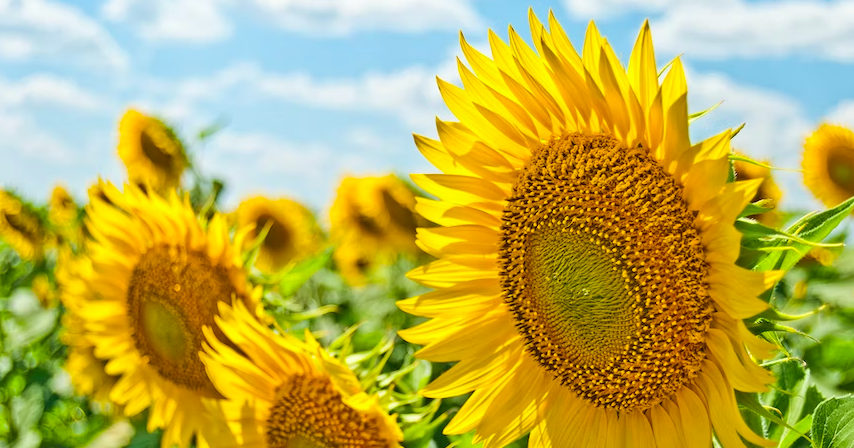High Summer
High Summer is a summer solstice festival that celebrates the god Brigh and their bestowal of seasons upon the continent, as well as the wider notions of fertility and bounty that are associated with this time of year. It occurs across Olrion, no matter if the area has four seasons or only two (rainy and dry). The festival is practised by all the peoples bar daemons. High Summer dates from prehistoric times, but remains one of the most popular holidays to this day. Populations are typically given the day off to celebrate it, and often the day after, too (in order to sleep off the festival's excesses). While there are many rites that make up the festival, the most renowned in humanoid society is the Choosing of the Mother, a practice that dates back to ancient times but has been largely modified to fit modern sensibilities.
Rites and Activities
Rites and Activities
Different peoples and areas of Olrion may have different activities they take part in for their High Summer festivities. However, some are common among them all. These include:
- Sermons involving the reading from holy texts about Brigh's role in the world, communal prayers, ecstatic channelling of prophecies and advice from the god, and hymns sung by choirs, the congregation, or both simultaneously.
- Sacrifice, either of a portion of the summer harvest or of animals (cattle and sheep are popular due to their value as produce), as well as flowers and incense.
- Nobles dressing up as personifications of the summer. Some of the common folk also try to take part, but the nobles are the ones who take this to the extreme in terms of the flamboyance and expense of their costumes.
- Parades including dancing, music, and floats throughout the streets.
- Feasts, with seasonal foods like summer fruits being very popular as well as the continuous flowing of alcohol. Families will hold feasts for all of the extended kin and sometimes friends, whilst those of status will hold parties only accessible to the elite via invitation.
- Gifting of summer flowers, usually as part of courtship.
- Decorating the streets and building with garlands and yellow ribbons (the colour most associated with the season and thus the holiday).
- Commissioning of art which is then displayed at exhibitions and salons, usually only to be viewed by the local and travelling elite. Usually this also comprises a competition, with lavish prizes being given to the winner. It is also seen more widely by artists in a more cynical manner as an excellent way to advertise their talents and hopefully gain a patron.
The Choosing of the Mother in Humanoid Society
Summer is associated with plenty. Crops are ripening and the animals are growing fat. High Summer is, as well as being associated with Brigh, associated with this idea of fecundity. Who better, then, to represent this than a mother?
In humanoid society, in which binary gender plays a role, a Mother is selected at random using a sort of raffle system to serve as the archetypal mother figure. She is then beautified and dressed in whatever garments are seen at that time and in that place to fit the stereotype of this role. She is placed on the leading float in the parade, or at the front of the procession if it is a more humble celebration. The people gather on either side of the parade and throw flowers at her.
In prehistoric times, the rite then extended further into what is now considered debauchery. There would be a ritualised sex act between the Mother and whoever was the highest-ranking male priest, which people would spectate and again throw flowers at. It was believed that joining the local representative of the god with the Mother figure would result in a more bountiful harvest in the autumn, as the woman had been essentially "offered up" to the god, who could experience the pleasure of "an experienced woman" through their intermediary. Sometimes this would then roll out into becoming a full-blown orgy, as others were keen to experience the sexual action for themselves, believing the display of eroticism would please the god further.
Naturally, as taboos in society developed around sex, this practice was outlawed (although it is rumoured to still take place in certain areas). Nowadays, to represent the union, at the end of the procession, the Mother will hold aloft a ritual chalice of wine, into which the highest-ranking male priest will dip a sword into, thus symbolising the holy union.
History
High Summer can trace its lineage back to prehistory, where it is thought to have originated as a way to worship Brigh. During prehistory, gods were considered animistically, in that Brigh was the weather, climate, and seasons. As such, High Summer was seen as a time when Brigh's energy was at its strongest, and so to mark the occasion and delight in this, revelries were had. It is rumoured that during these ancient rites, orgies were extremely popular, as were drug-taking and self-flagellation in order to reach trance states. Indeed, the Choosing of the Mother resulted in ritualised sex spectated by the community in the name of promote the fertility of the earth ahead of the autumn harvest, as detailed above.
Over time, these more debauched practices died out as societal taboos against such excesses grew alongside civilisation (although rumours that they still happen in remote places abound). However, the popularity of the festival never waned, and new practices came to be, namely parades throughout the street as well as sermons given at temples. While Brigh is no longer seen as the seasons themselves, typically being personified (to resemble whatever people are imagining them), they remain the focus of the holiday.




Comments